Ilex aquifolium variegata
Kelly8600
10 years ago
Related Stories
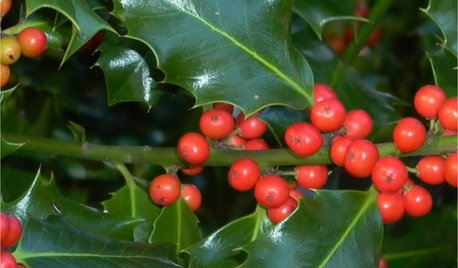
GARDENING GUIDES9 Holly and Ivy Plants for Good Tidings in the Garden
Spread Christmas joy all year round with the gorgeous foliage and bright berries of these evergreen plants
Full Story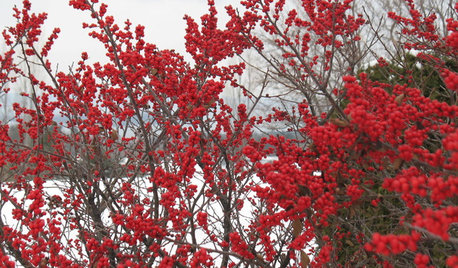
GARDENING GUIDES6 Rockin’ Red Plants for Winter Gardens
Use the bright berries or branches of these cold-climate favorites for outdoor garden interest or container arrangements anywhere
Full Story
GARDENING GUIDES8 Deer-Resistant Elegant Evergreen Shrubs to Plant This Fall
Who knew that such beautiful shrubs could be deer-resistant?
Full Story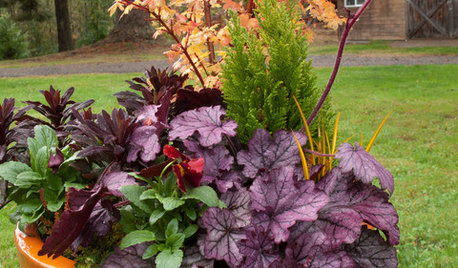
FALL AND THANKSGIVING5 Container Gardens for Fall, the Holidays and Beyond
Make planting easy with a single container, year-round plants and a sprinkling of simple seasonal accents
Full Story
GARDENING GUIDESDesigning With Conifers: Finding the Right Garden Bedmates
In gardening, building on commonalities creates an enduring relationship
Full Story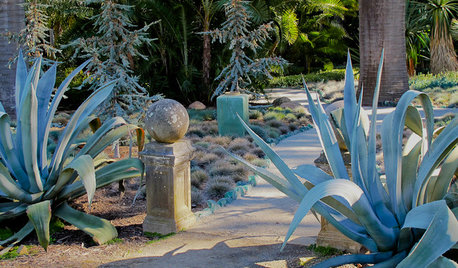
GARDENING GUIDESMonochromatic Garden Magic Done 7 Ways
Discover intriguing ways to use color in your garden by unlocking the secrets of monochromatic design
Full Story
LANDSCAPE DESIGNPretty Trees for Patios, Paths and Other Tight Spots
Choose trees for their size, shape and rate of growth — or shape them to fit your space. Here's how to get started
Full StoryMore Discussions






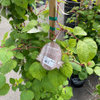
Dave in NoVA • N. Virginia • zone 7A
ken_adrian Adrian MI cold Z5
Related Professionals
El Segundo Landscape Contractors · Mastic Beach Landscape Contractors · National City Landscape Contractors · South Hackensack Landscape Contractors · Safety Harbor Window Contractors · Doctor Phillips Window Contractors · Annapolis Window Contractors · Estero Window Contractors · Lansdowne Window Contractors · Pacifica Window Contractors · Mineola Window Contractors · Escondido Driveway Installation & Maintenance · East Providence Driveway Installation & Maintenance · Grandview Decks, Patios & Outdoor Enclosures · Richmond Decks, Patios & Outdoor EnclosuresKelly8600Original Author
viburnumvalley
Kelly8600Original Author
viburnumvalley
User
Embothrium
edlincoln